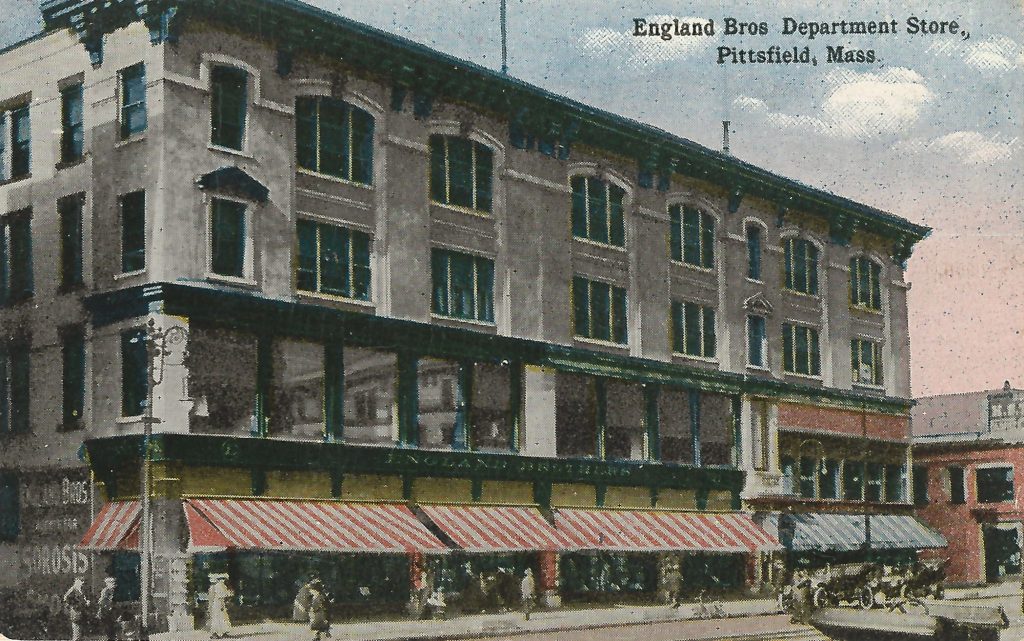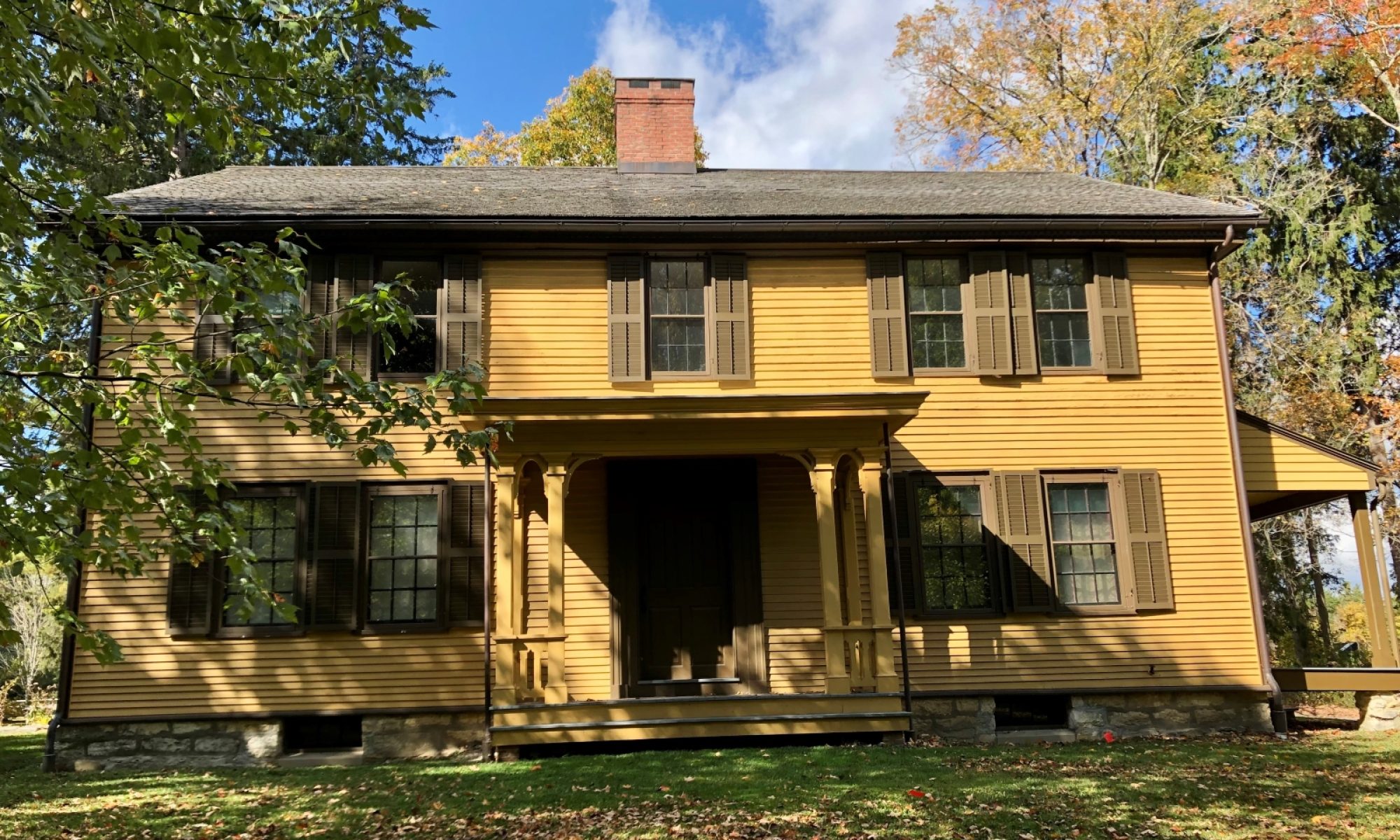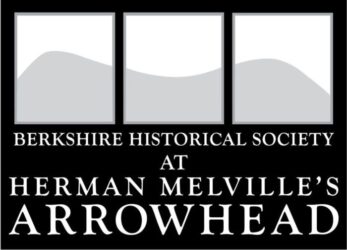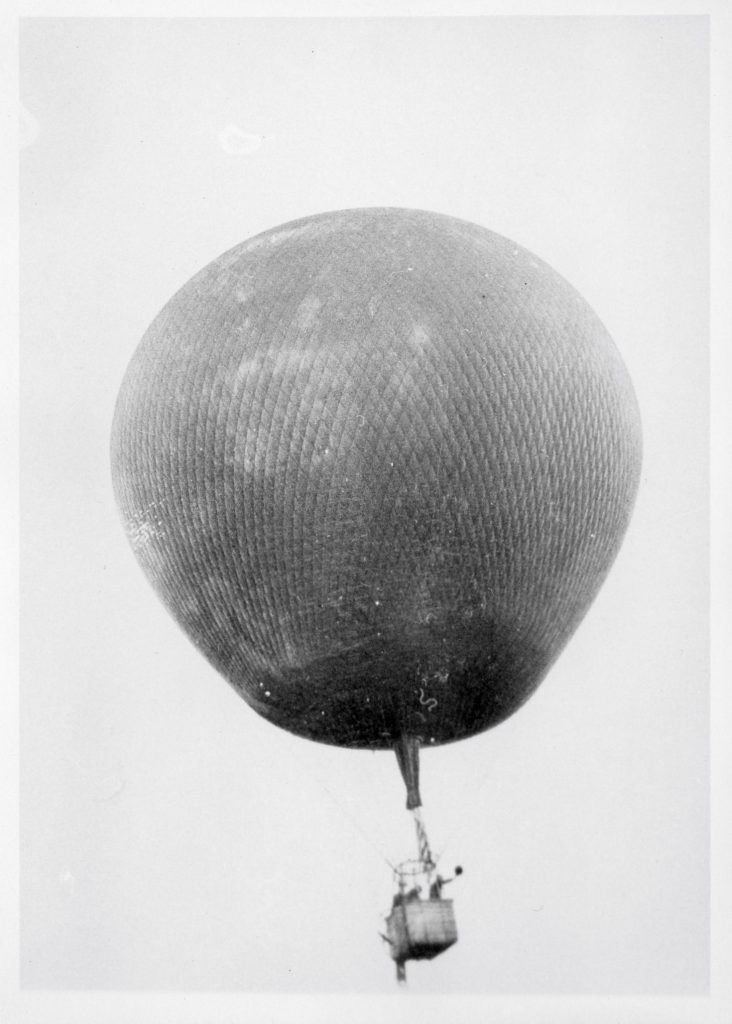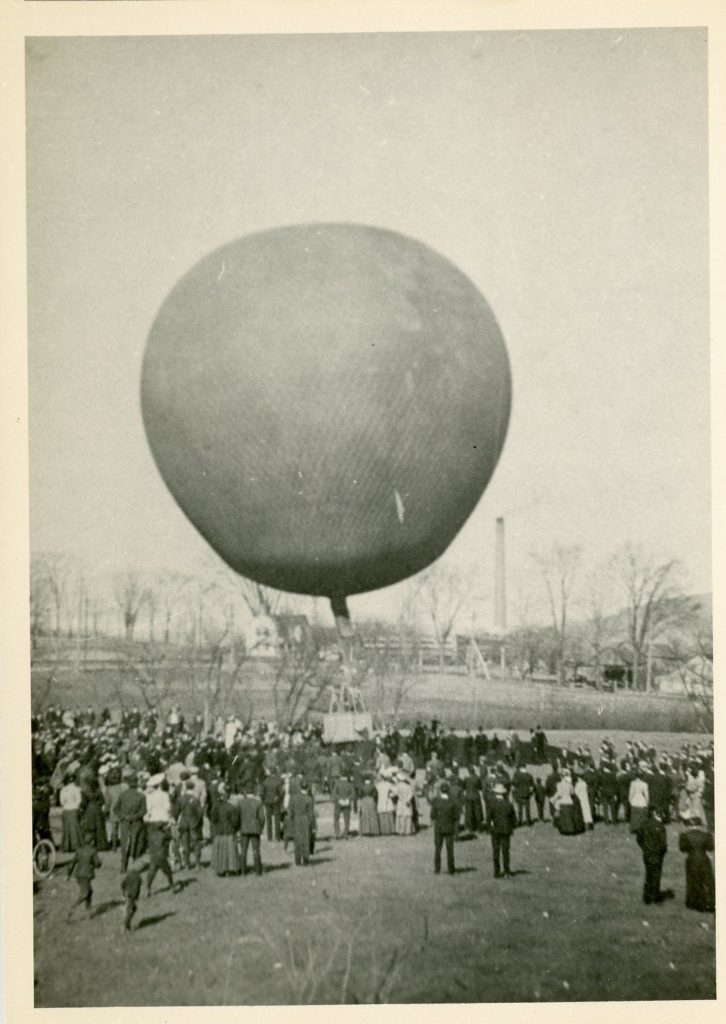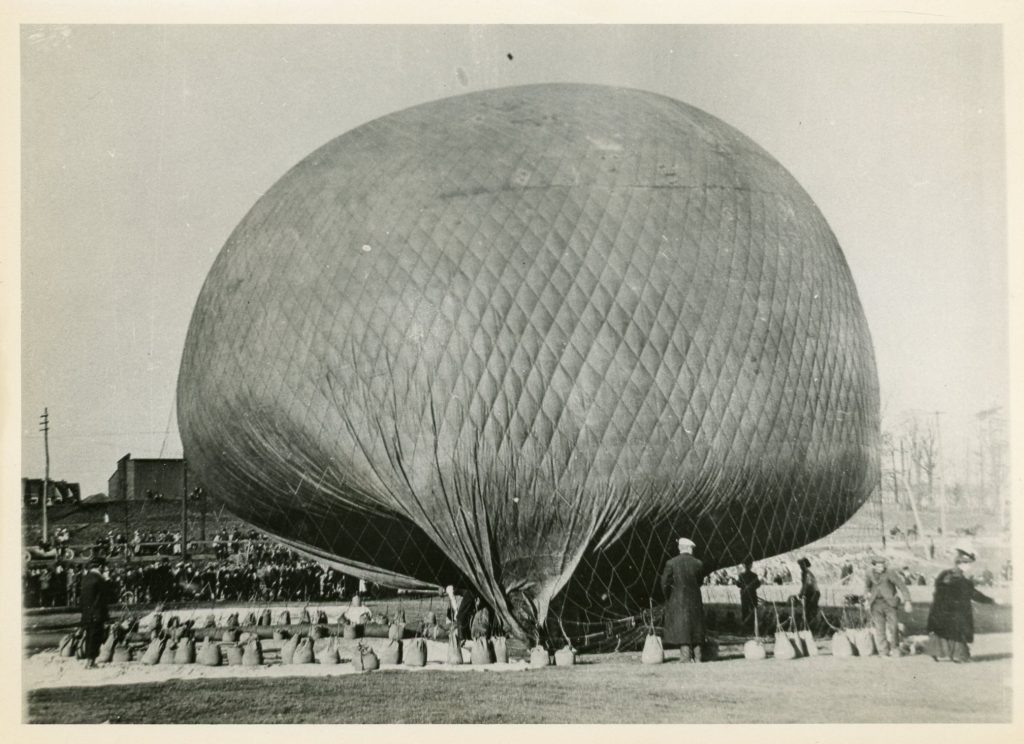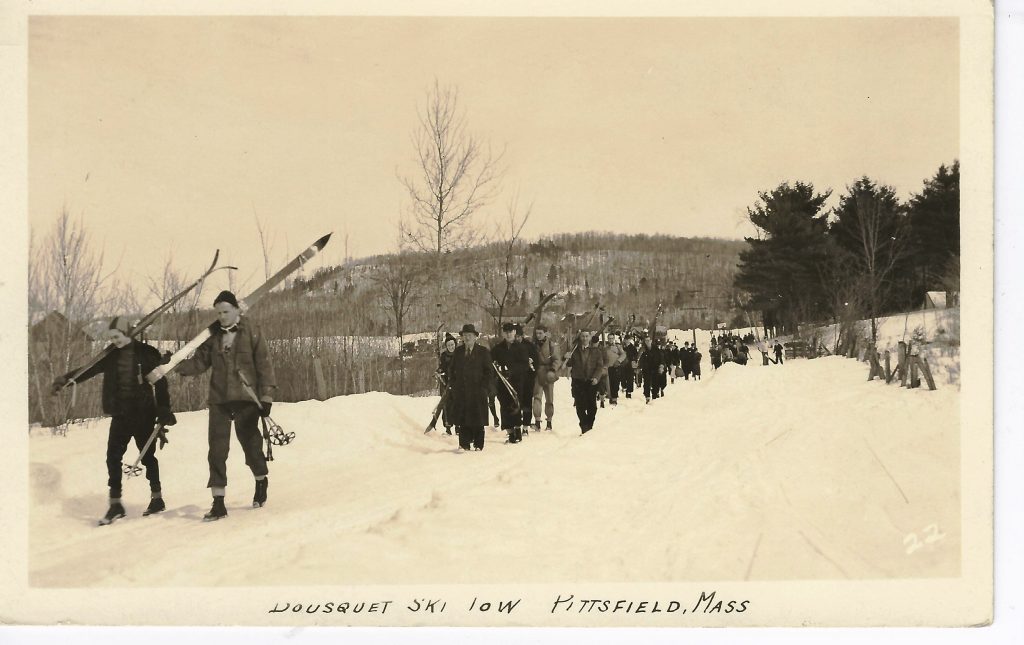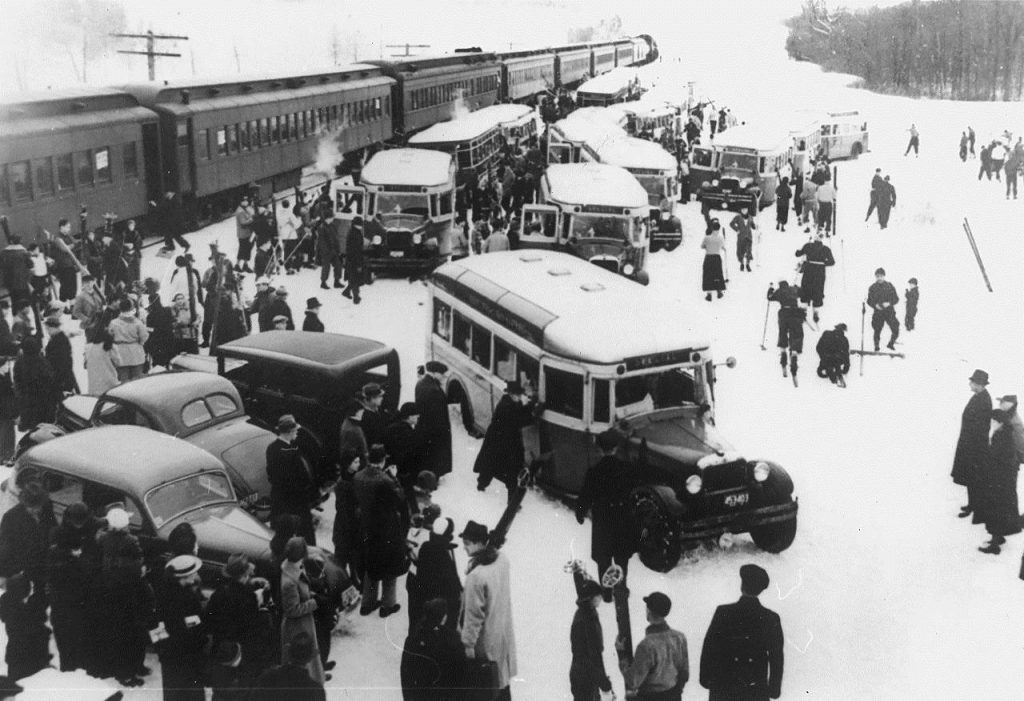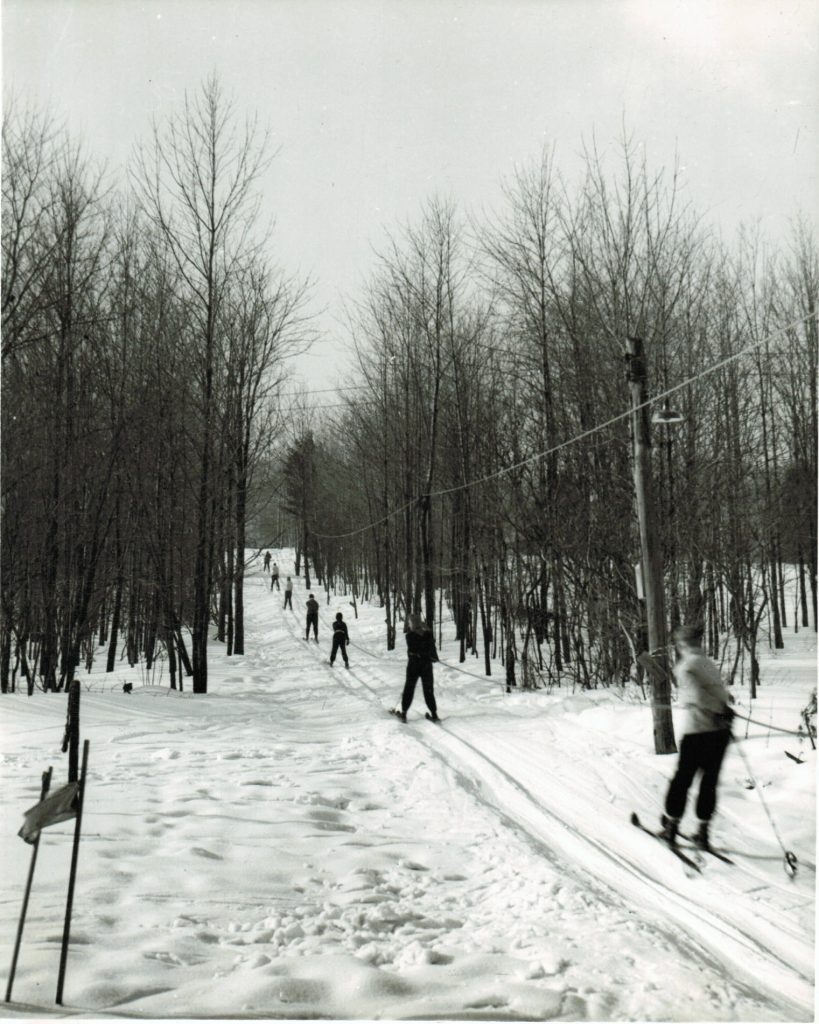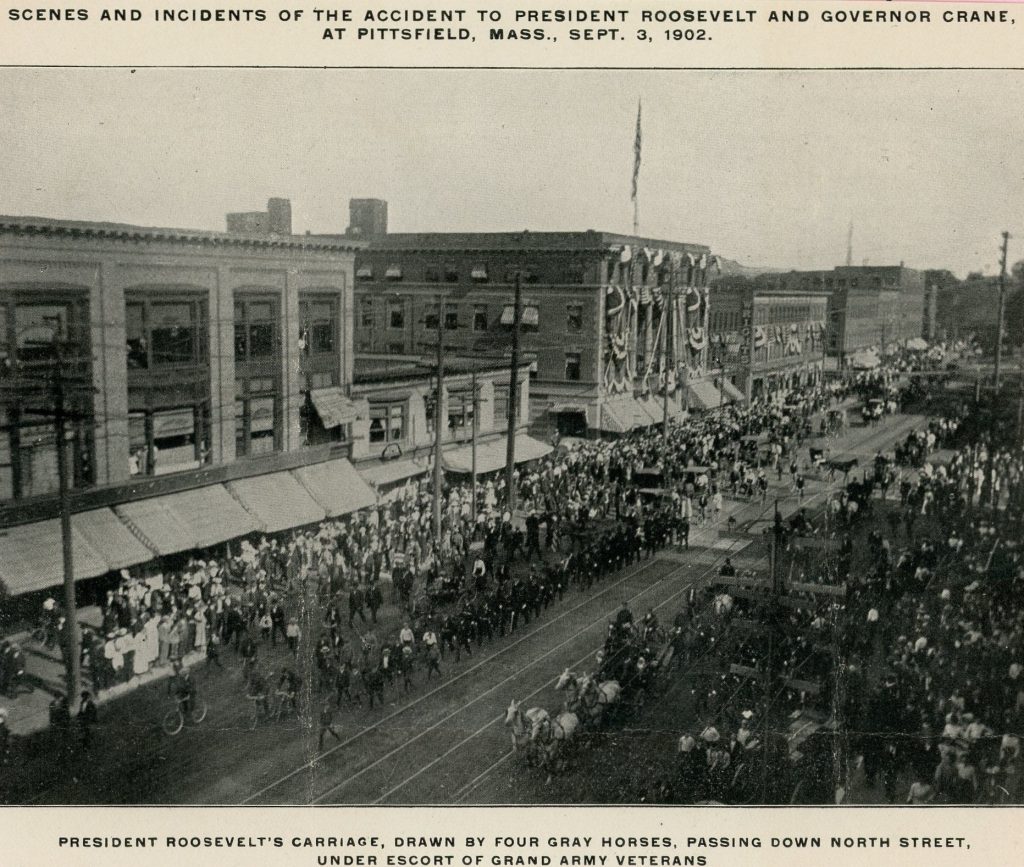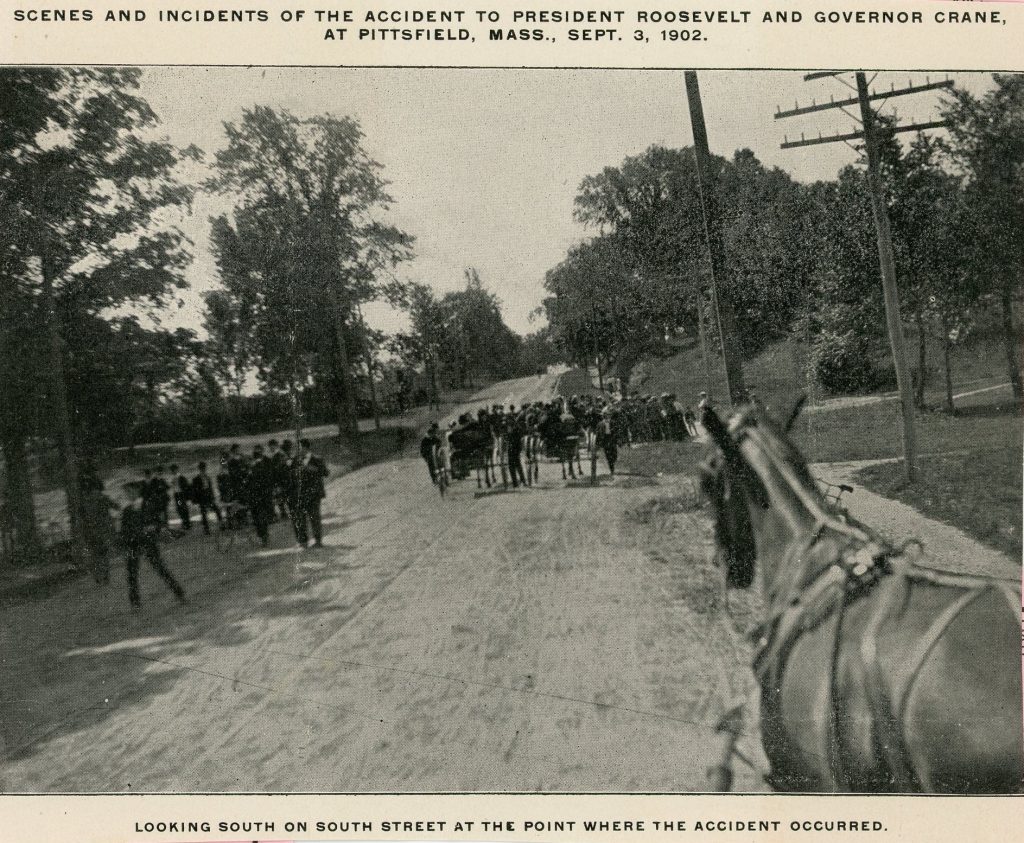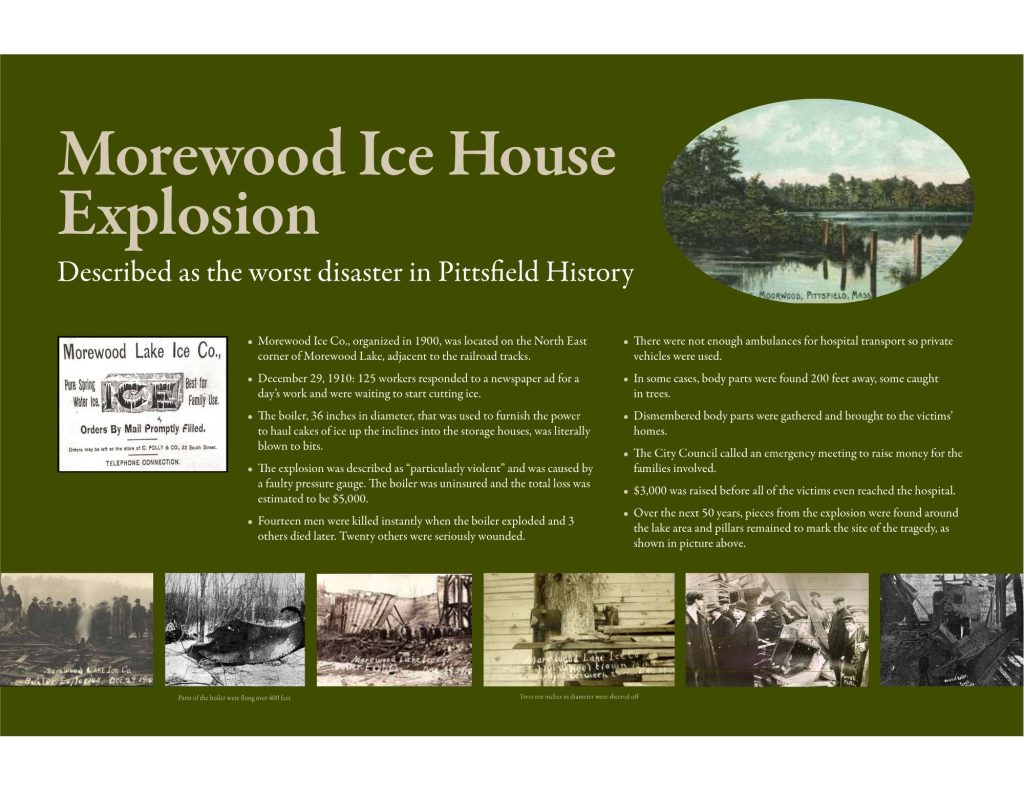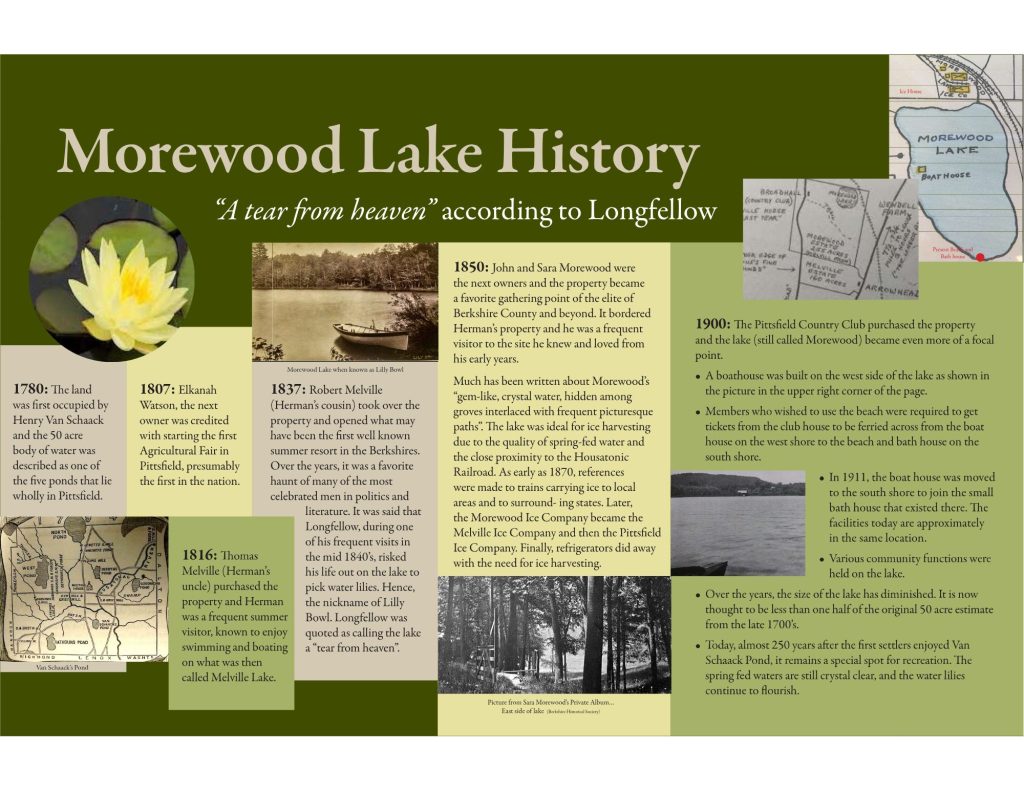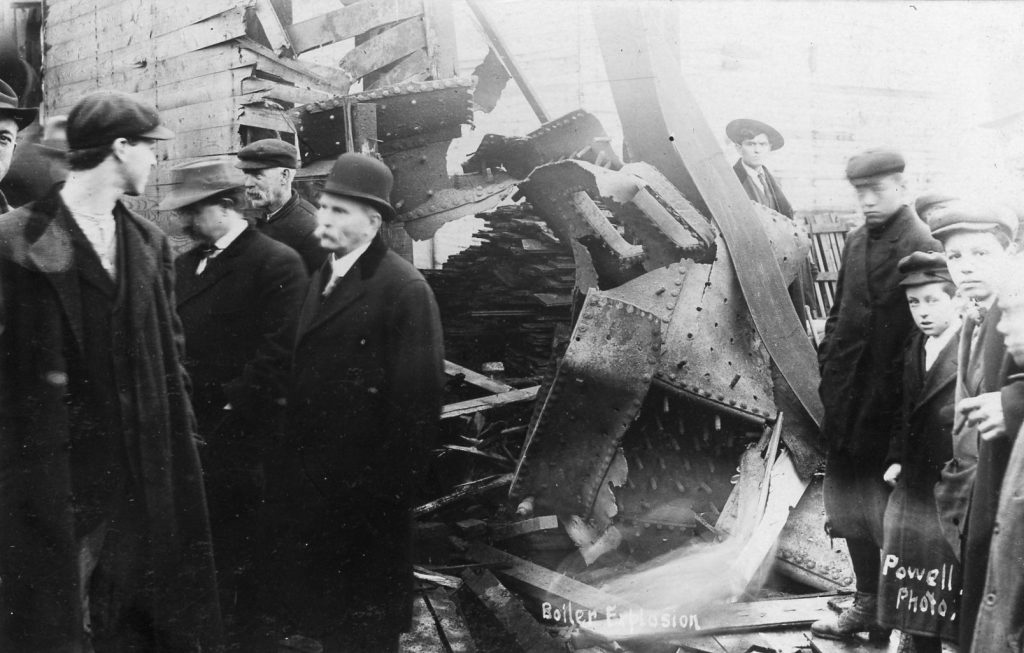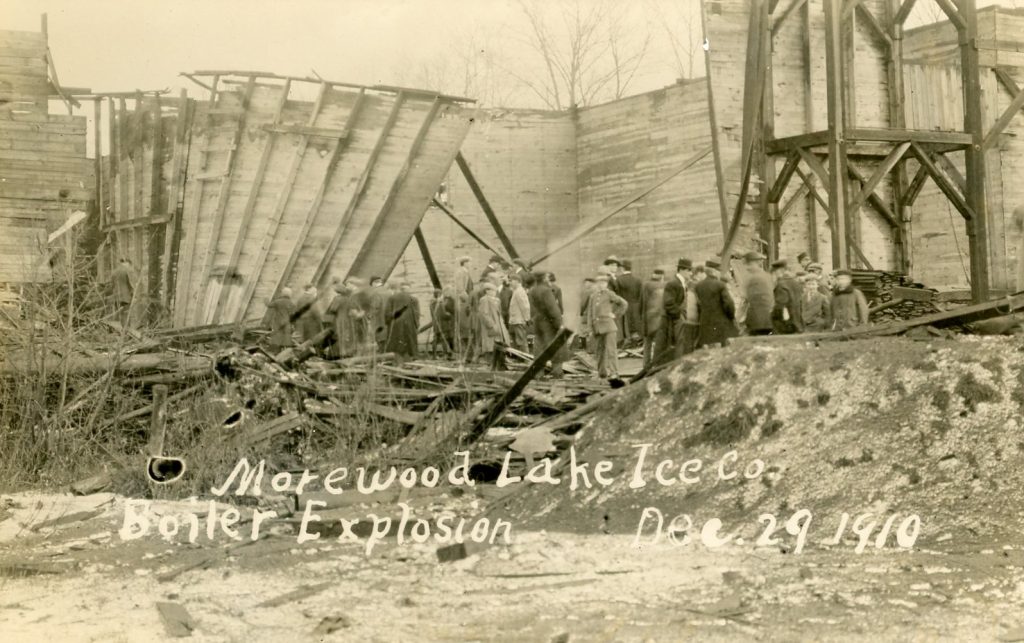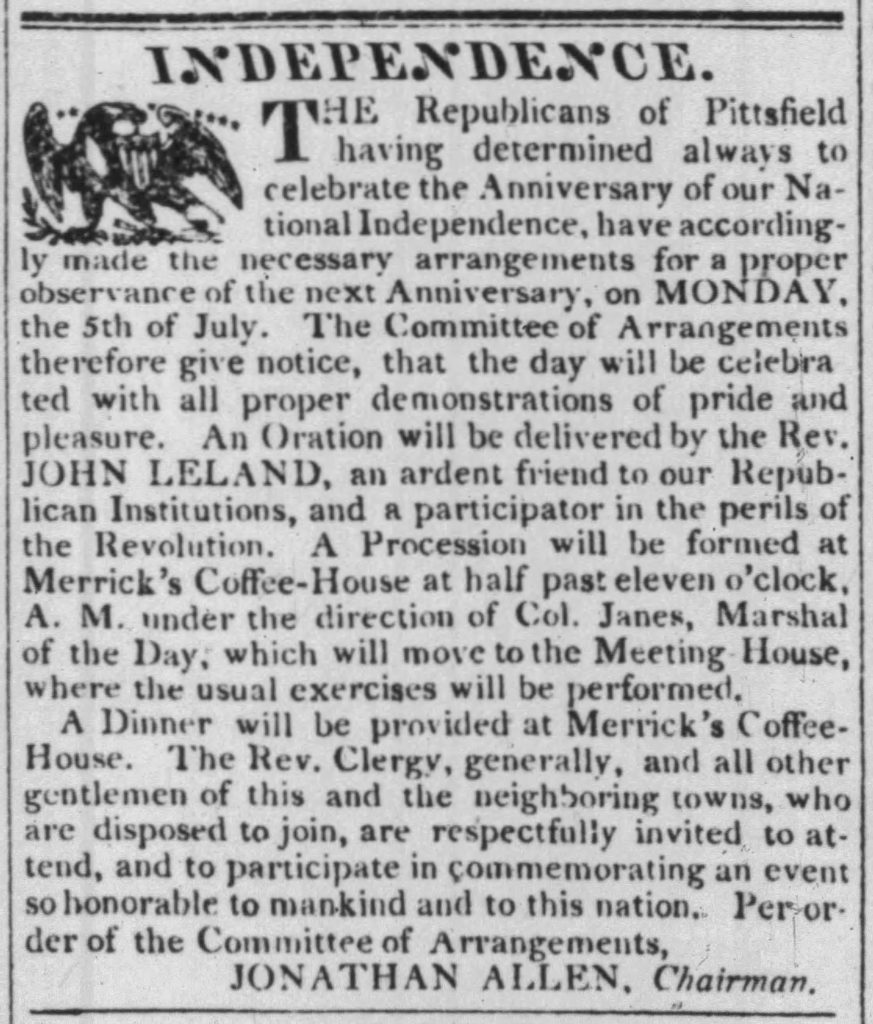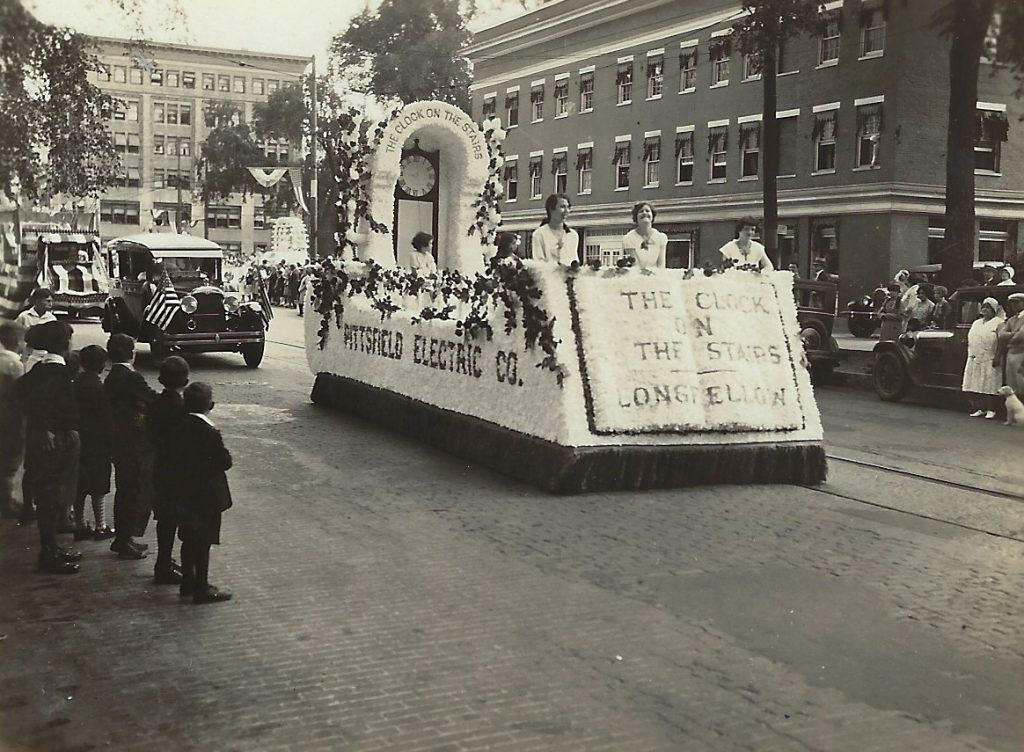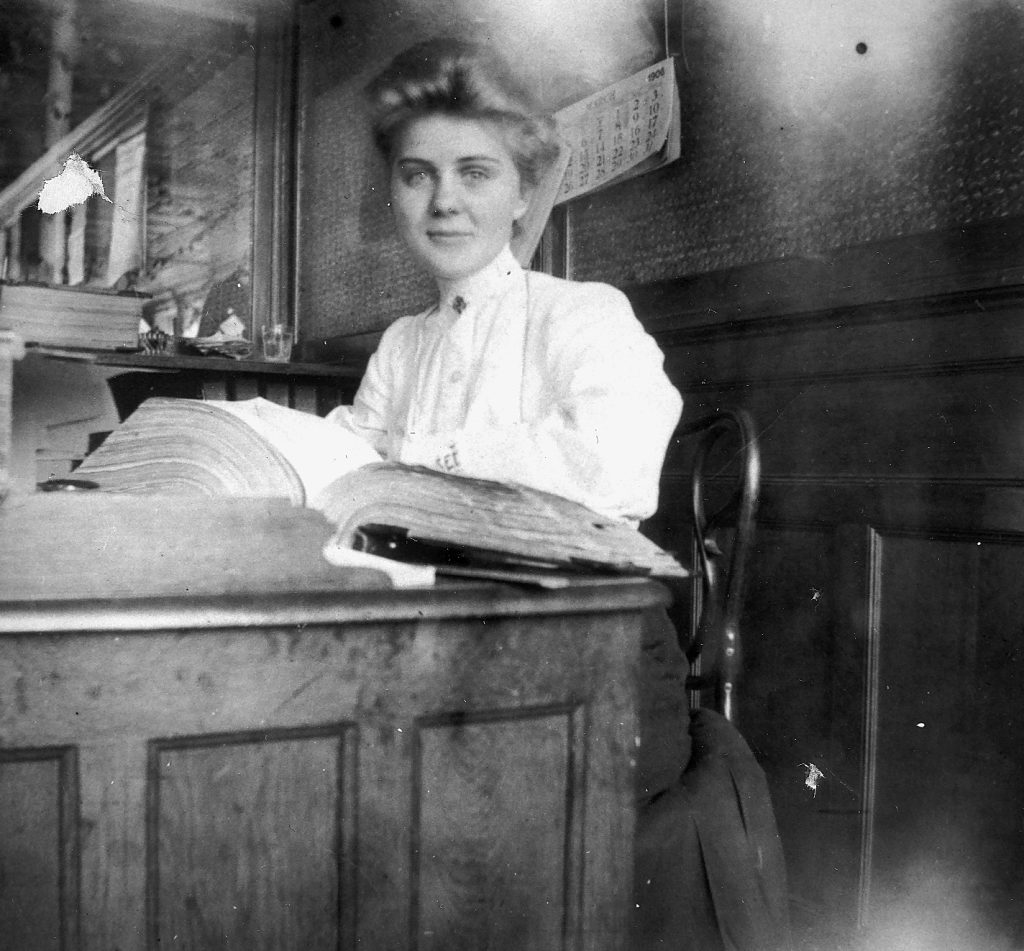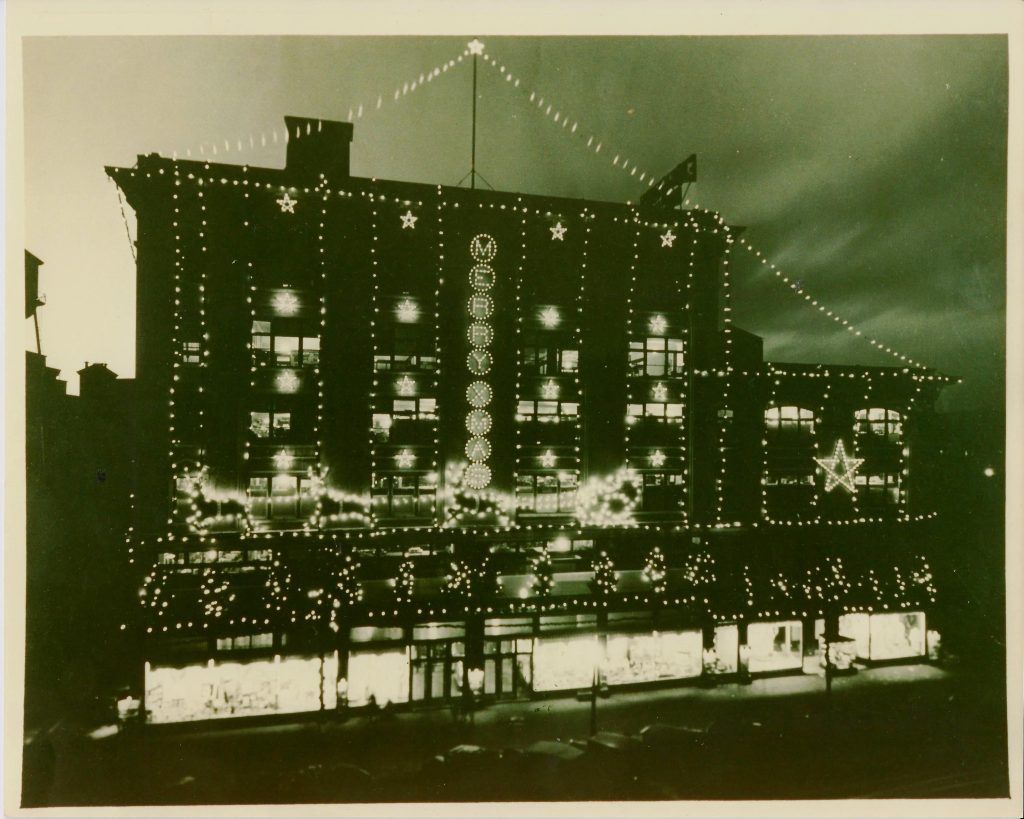Significant Moments in Pittsfield History
Since its incorporation in 1761, Pittsfield has been home to a number of significant events, both in terms of importance to the local public and the greater population. With such a rich history, it’s nearly impossible to narrow them down in order of significance, so below are a selection of ten.
This is a part of Pittsfield’s 10×10 Upstreet Arts Festival featuring dozens of events from February 13-23, 2025. Go to LovePittsfield.com for more information.
All images are from the collection of the Margaret H. Hall Library and Archives at the Berkshire County Historical Society unless otherwise noted.
Balloon Launch
On March 10, 1906, the first trial launch of a passenger-bearing balloon took place. High winds prevented a successful flight. The facilities of Pittsfield Coal Gas Company, located on East Street beyond Silver Lake, provided the gas used to inflate the balloons.
In 1907, the City of Pittsfield was officially designated as the balloon ascent station of the Aero Club of America. The land at the corner of East and Newell Streets was named Aero Park and numerous ascents were made by ballooning enthusiasts. Within a few years, aero-plane travel replaced ballooning, and today Aero Park is known as the Mark Belanger Memorial Youth Athletic Field.
Firsts at Bousquet
In 1932, Clarence Bousquet (1889-1966) opened the oldest existing ski area in the Berkshires and installed the area’s first rope tow during the 1935-1936 season. On Christmas Eve, 1936, he initiated night skiing under mercury vapor floodlights installed on poles as part of a local partnership with General Electric. Bousquet went on to expand the ski area, invent and patent the “rope tow gripper,” and in 1938, introduced the longest rope tow in the world at the time.
In the 1930s, snow trains became a popular mode of winter transportation for visitors from nearby cities. Trains from New York, Connecticut, and Boston would bring crowds to the Berkshires, arriving in the morning for a day on the slopes, and returning the skiers home by the end of the day. Many of the ski areas were developed with easy access to the numerous railroad stations throughout the county.
Roosevelt’s Crash
On September 3, 1902, Theodore Roosevelt passed through the Berkshires on a tour in support of candidates in an upcoming election. While traveling down South Street with his secretary, George Courtelyou, secret service agent William Craig, and Governor Winthrop Crane, the president’s carriage was struck by a speeding trolley. Crane was unscathed, Roosevelt and Courtelyou were injured, and Craig was killed after being crushed under the trolley. William “Big Bill” Craig (1855-1902) became the first secret service agent to be killed in the line of duty, and one of only two in history to die while protecting a president. Born in Glasgow, Craig served in the British Army before moving to Chicago, and joined the secret service in 1900. Prior to protecting Roosevelt, Craig was assigned to President William McKinley, and was present at his assassination less than one year prior to Roosevelt’s trolley accident in which Craig himself was killed. Roosevelt was injured in the accident, but continued to his next speaking engagement in Lenox. The trolley driver pled guilty, and served a six month sentence.
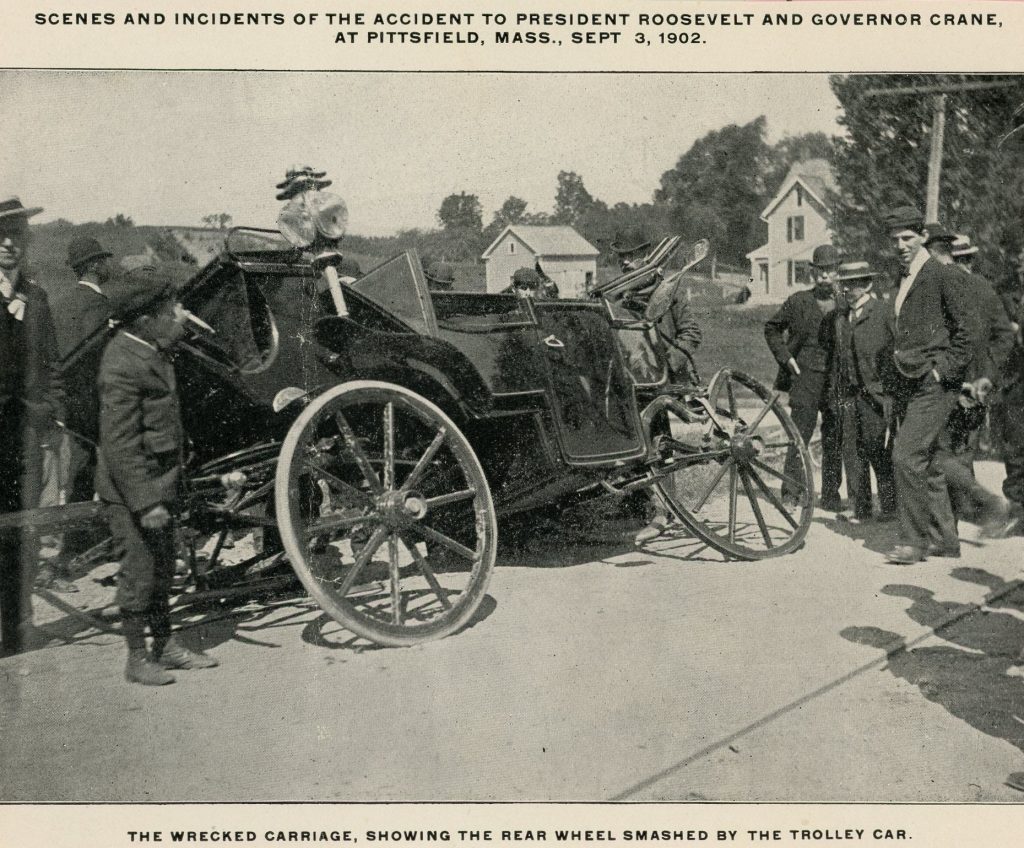
Morewood Ice House Explosion
What was described as the worst disaster in Pittsfield history occurred on December 29, 1910, at the Morewood Ice Company, adjacent to the railroad tracks, on Morewood Lake. One hundred and twenty five day-workers were waiting in line to start cutting ice when the boiler, used to furnish power to haul the cakes of ice up the hill, violently exploded. Fourteen men, many dismembered, died in the explosion, three died later, and 20 others were seriously wounded. Over the next 50 years, pieces from the explosion were found around the lake area and pillars remain to mark the site of the tragedy.
Lafayette’s Visit
On June 13, 1935, Pittsfield celebrated the 110th anniversary of the Marquis de Lafayette’s 1825 American Tour. Marie-Joseph Paul Yves Roch Gilbert du Motier de La Fayette (1757-1834), the last surviving major general of the American Revolution, visited Pittsfield on June 13, 1825, where he gave a speech at the First Congregational Church and dined at Joseph Merrick’s Coffee House (located where the Berkshire Life Insurance building is now on North Street). In 1935, a parade followed Lafayette’s route, with a National Guard Company following a coach.
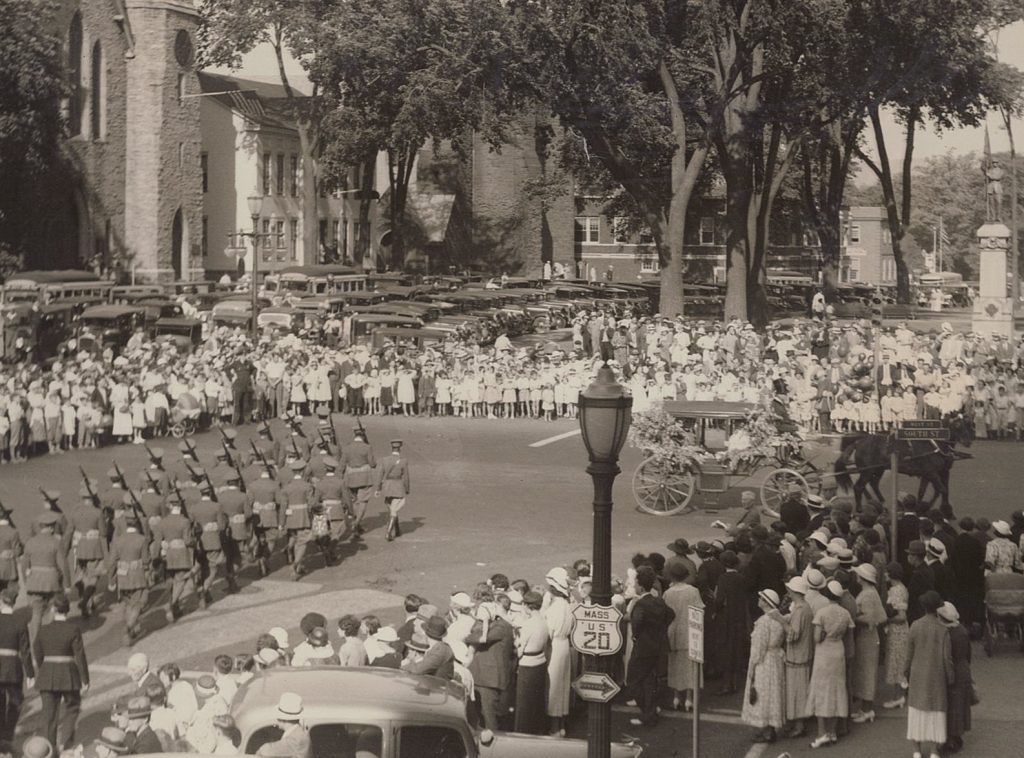
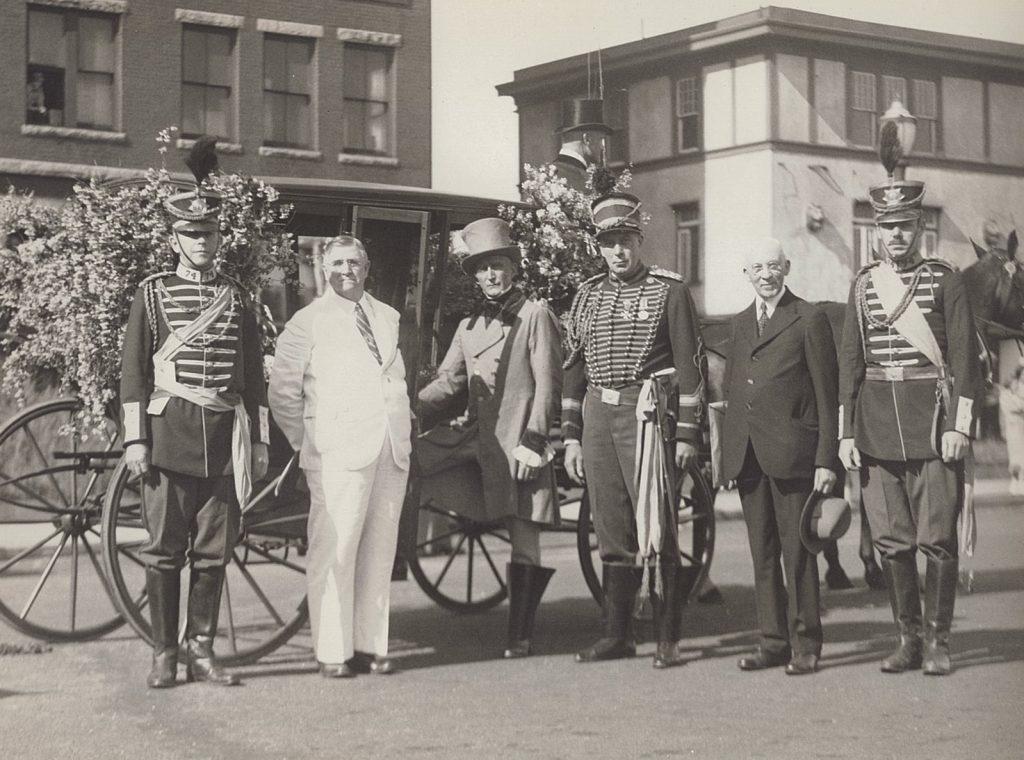
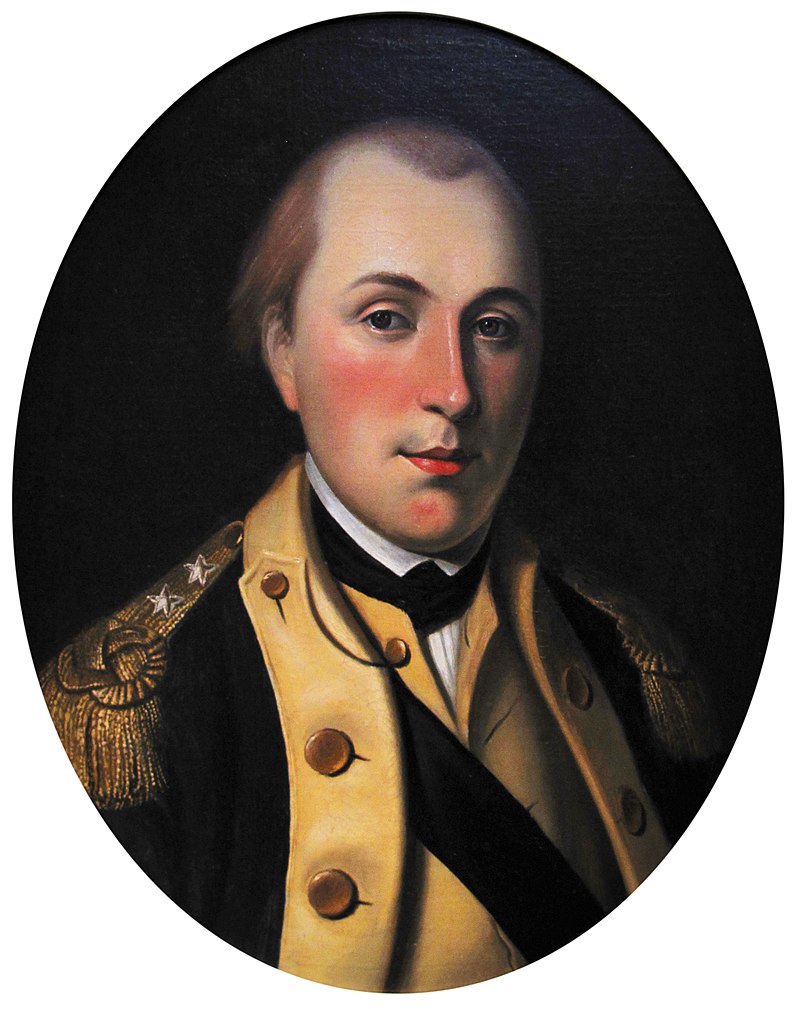
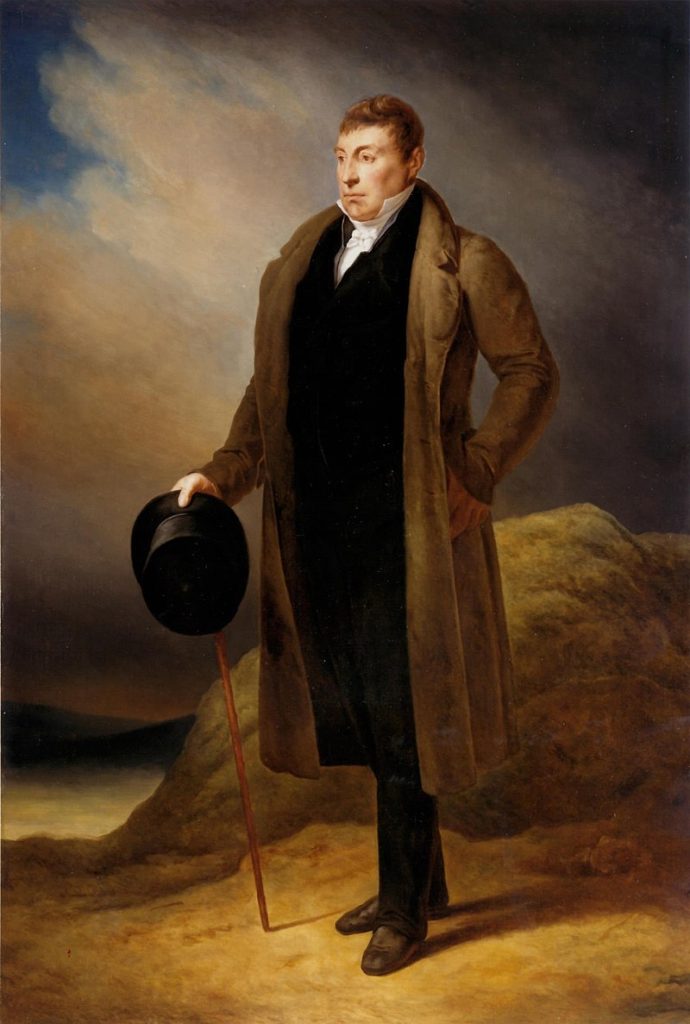
General Electric
The General Electric Corporation, incorporated in 1892, has been recognized for over a century as one of the industrial world’s largest, multifaceted, and progressive companies.
General Electric’s presence began in Pittsfield in 1903 when it purchased the Stanley Electric Manufacturing Company. In 1866, Berkshire-based inventor William Stanley, Jr. (1858-1916) developed a high voltage transformer that enabled the distribution of electricity over wide areas, including installing lights on Great Barrington’s Main Street. The design of the Stanley transformer and transmission methods at his Pittsfield factory served as the keystone to both corporate and city economic success. By 1907, Stanley Electric was known as the Pittsfield Works of the General Electric Corporation.
Eventually, Pittsfield became home to three major GE divisions: Power, Plastics, and Ordnance. By 1943, GE’s facilities employed 13,645 workers. The industrial complex was a self-contained city with its own 24-hour fire department, security force, medical center, credit union, company store, library, cafeteria, and recreational clubs.
By the 1980s and 1990s, diversification and restructuring by GE caused massive job reductions. The entire Transformer/Power Division was sold to Westinghouse in 1986, and all major GE production was halted in Pittsfield. The absence of what was once the crown jewel of Pittsfield’s economy left its population to deal with unemployment, vacant buildings, reduced population and tax base, and areas of industrial contaminations (PCBs), while General Electric remains a significant global presence.
Redevelopment of the abandoned industrial site is now underway, and the William Stanley Business Park of the Berkshires now occupies a portion of that land.
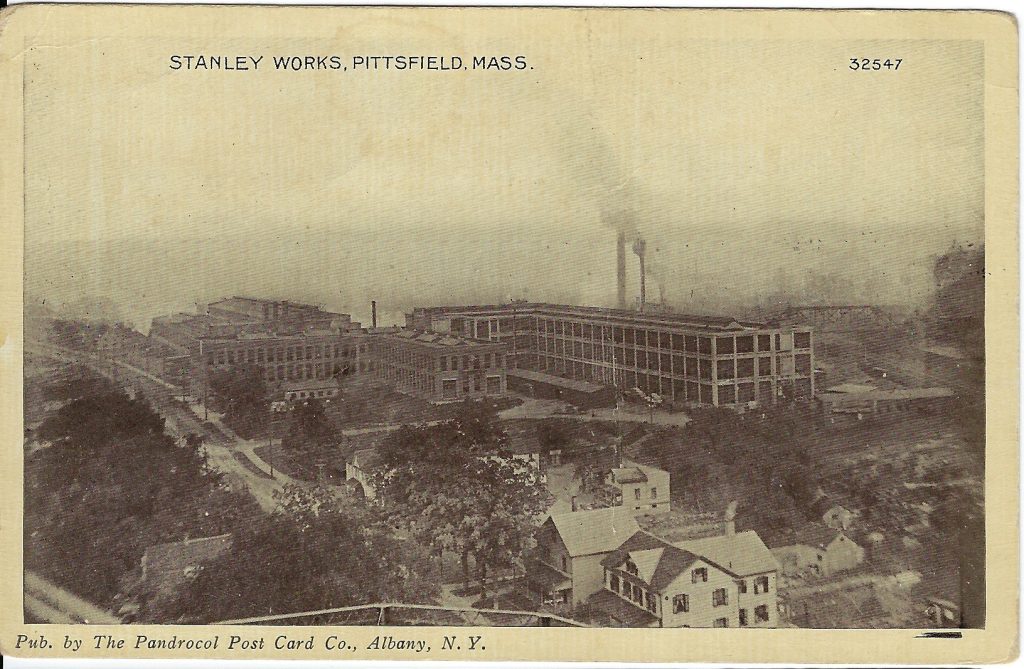
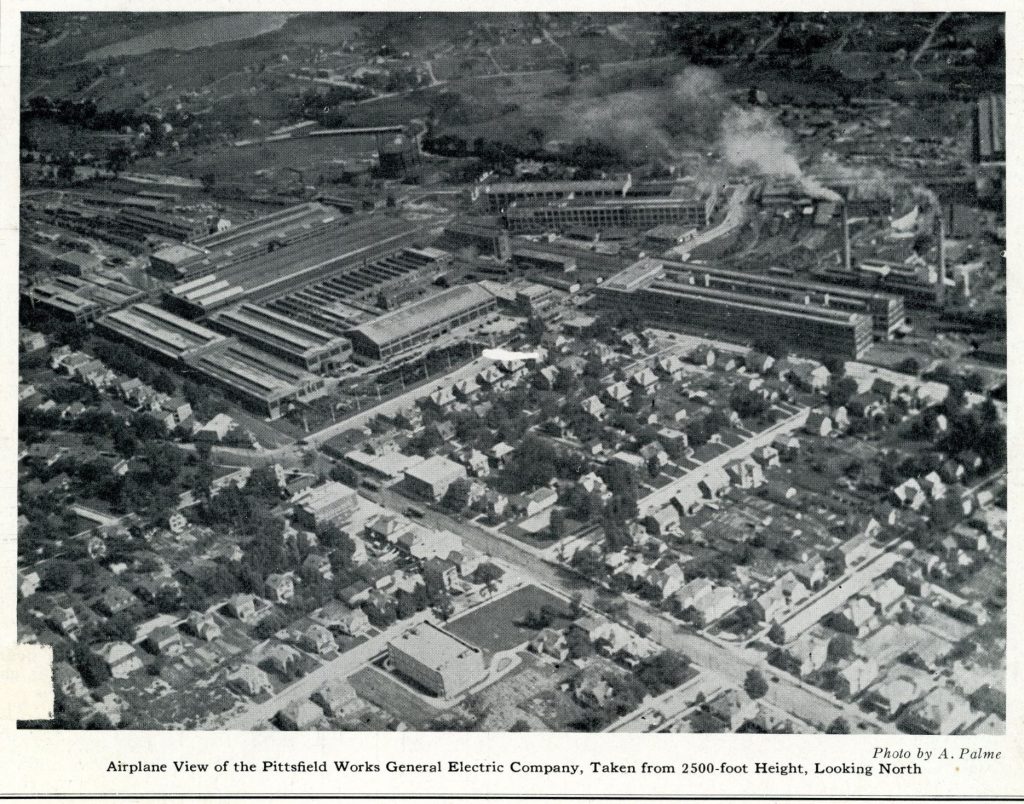
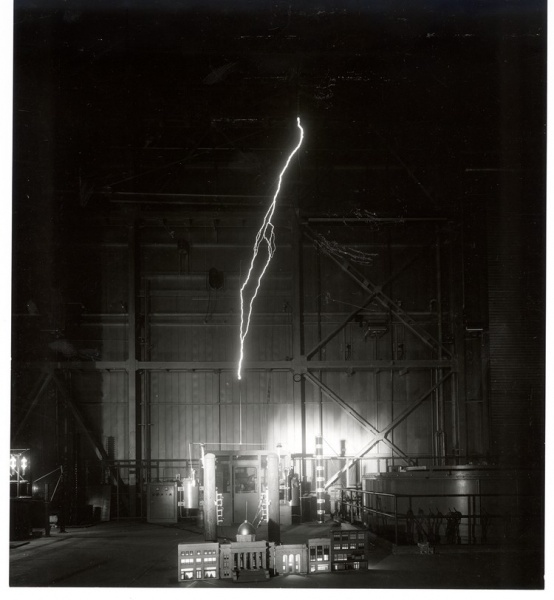
Winter Carnival
Pittsfield’s annual Winter Carnival, held from 1946 to 2008, was a beloved winter sports tradition that brought together thousands in the community for snow and ice events. Organized by a volunteer Winter Sports Committee in conjunction with the city, the carnival featured sled races, ice fishing derbies, cross country skiing, hockey nights, snow sculpting contests, motor sports ice trials, toboggan races, dog sled races, snowmobile races, sleigh rides, square dancing, and fireworks at Bousquet’s. Eventually, many events were consolidated into a Family Day held at Controy Pavilion at Onota Lake.
Skating events, including speed skating and family skating, attracted large crowds, with Pittsfield native Nancy Viner achieving national recognition in the 1950s. Ski competitions, hosted at Pittsfield State Forest and Bousquet, included the Massachusetts State Freestyle Championships and the 5th National Juvenile Ski Championships in 1951. Pittsfield skier Verne Goodwin later made the 1952 U.S. Olympic Team.
One of the most popular events, the Carnival Queen competition, was open to contestants from Pittsfield between the ages of 16 and 21 and required them to sell at least 1000 Carnival Buttons, which in turn helped fund the carnival events.
Unfortunately, due to warming winters, declining snow levels, and rising costs, the Winter Carnival came to an end in 2008, leaving behind decades of cherished memories.
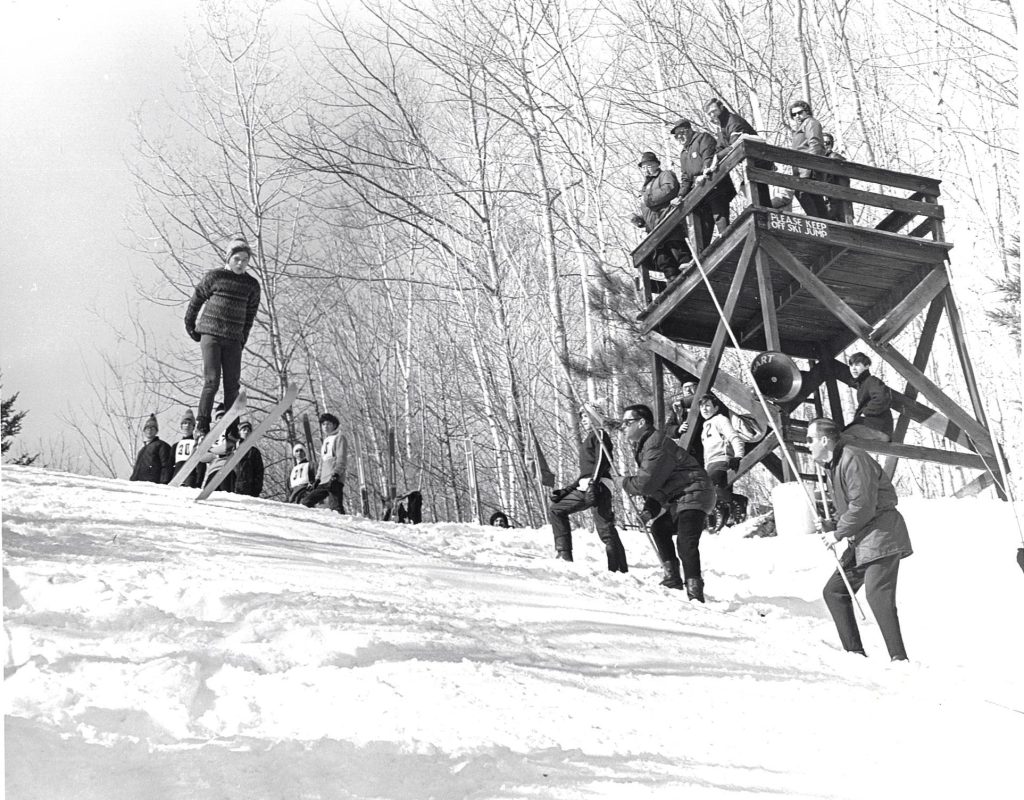
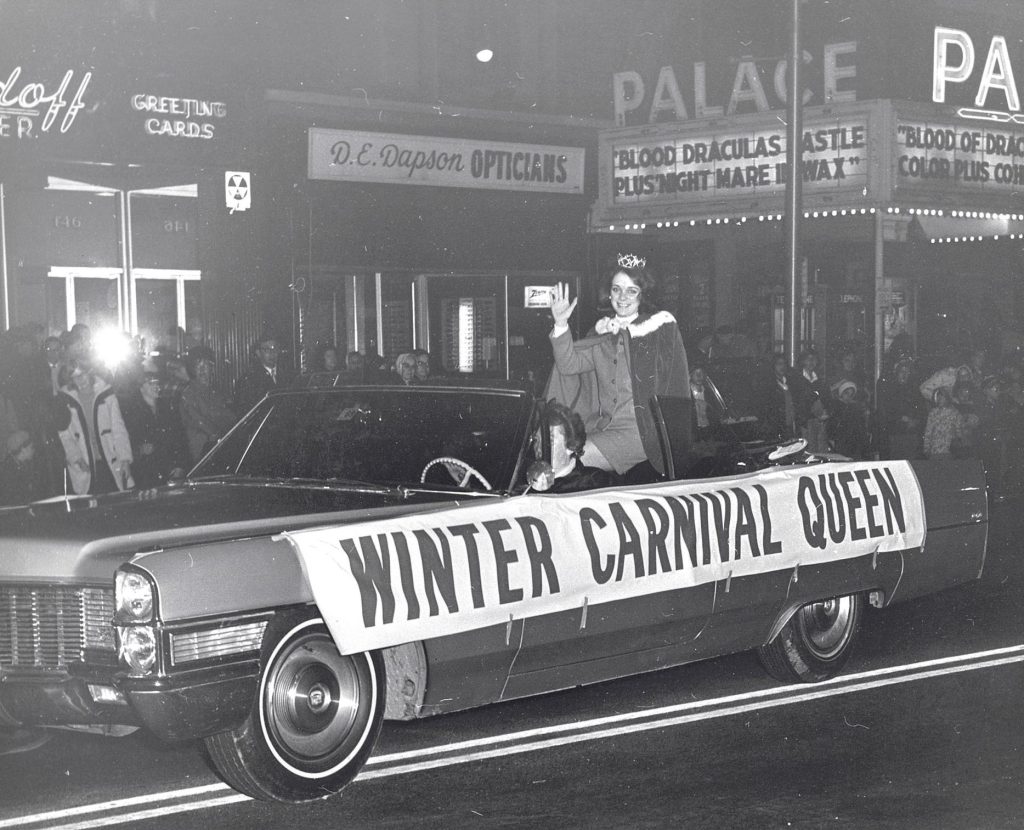
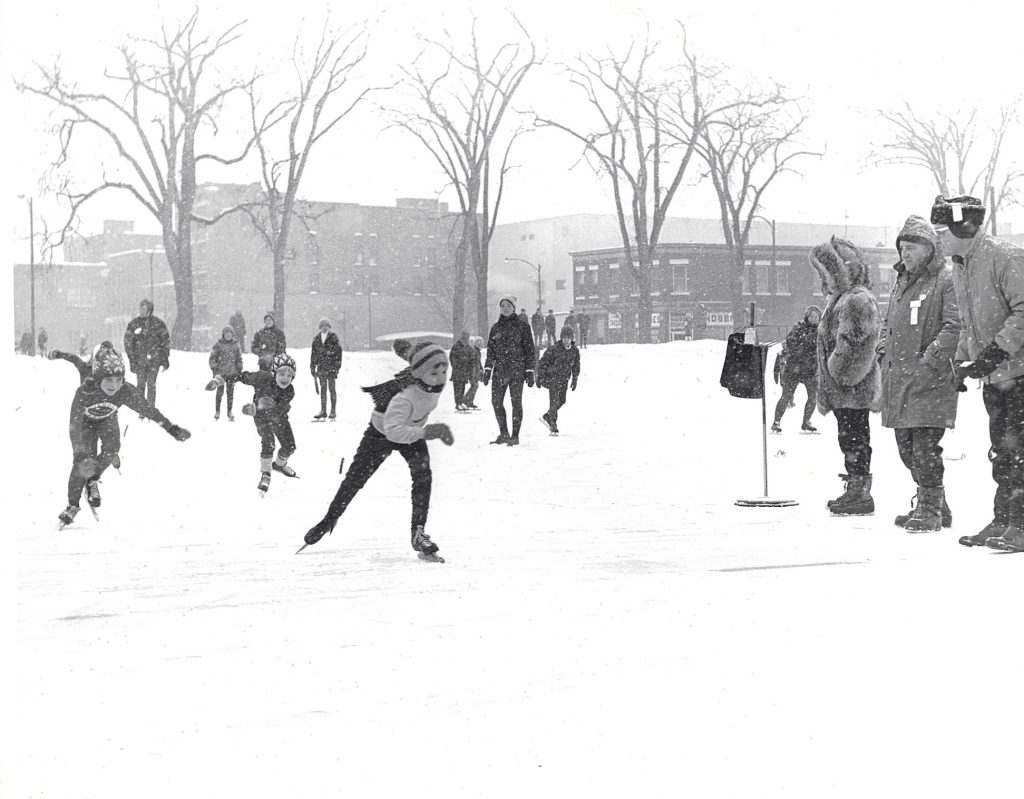
Berkshire Agricultural Fair
Elkanah Watson (1758-1842) moved to Pittsfield in 1807 and resided until 1816 at what would later become the Melvill Farm, then Broadhall, and finally the Country Club of Pittsfield. His multifaceted career involved carrying dispatches overseas during the Revolutionary War, designing canals, founding the State Bank of Albany, and more. However, during his time in Pittsfield, his focus turned to agriculture.
In 1807, he exhibited under the Great Elm at Park Square two of the Merino sheep he had recently imported. The interest this created led to the idea of a “cattle show,” which became the first Berkshire County Agricultural Fair, held three years later in the same spot. While it was not the first agricultural fair in the country, it was the first to focus on improvement of practices and livestock rather than market fairs of quantity and value. The first fair of the Berkshire Agricultural Society included 383 sheep, 7 bulls, 109 oxen, 9 cows, 3 heifers, 2 calves, and 1 boar.
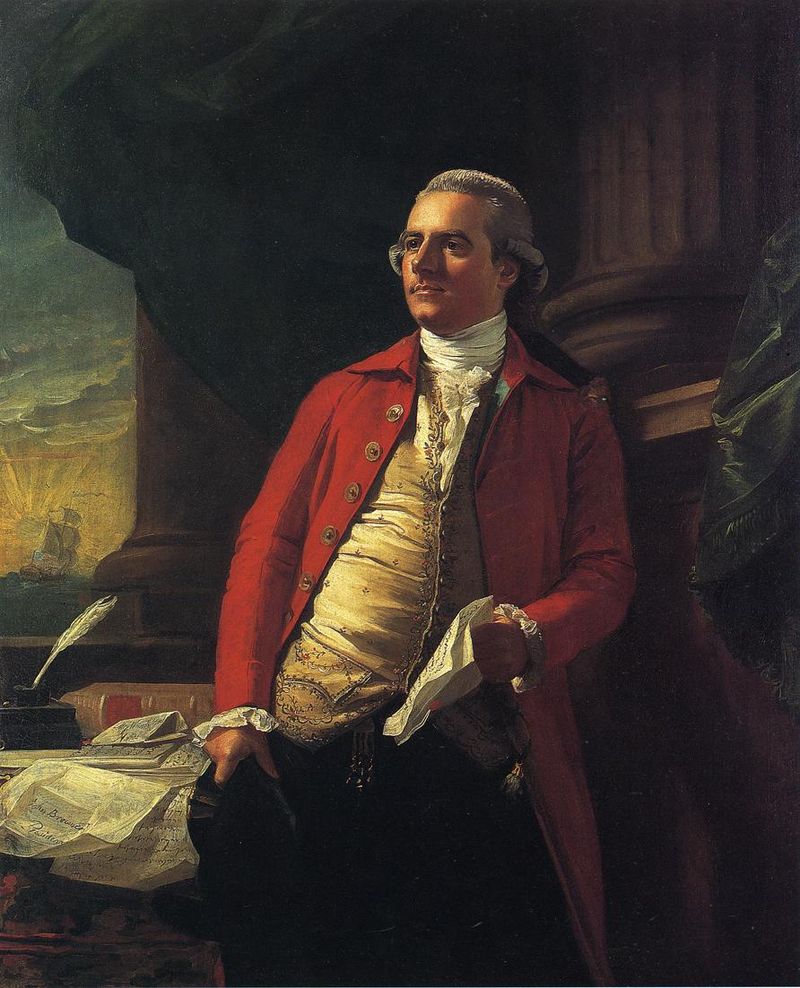
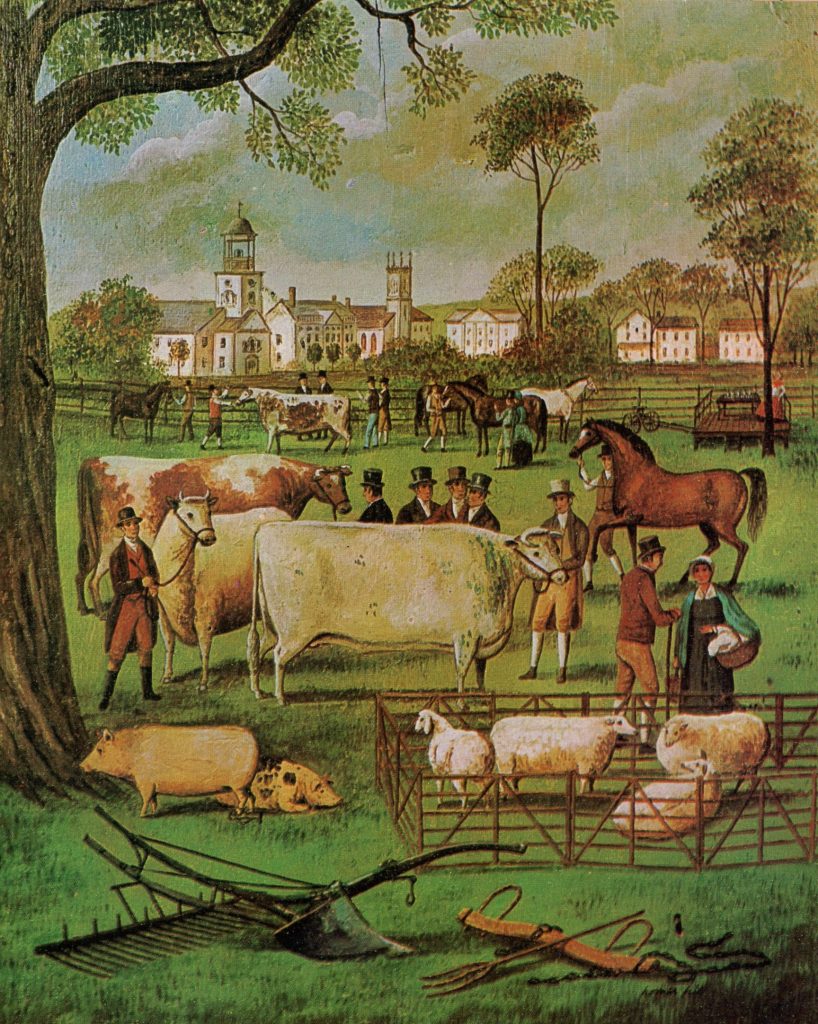
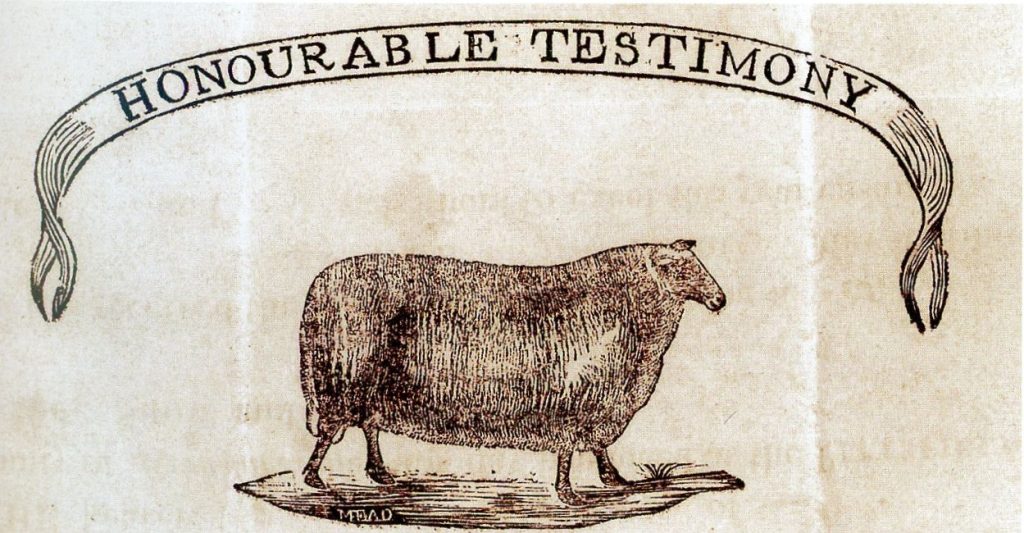
Fourth of July Parade
The Pittsfield Fourth of July Parade has a rich 200+ year history: it was recently discovered that the parade dates to at least 1801. Initially, it was thought that the first parade was held in 1824: the Pittsfield Sun reported celebrations included a procession of surviving Revolutionary War soldiers from Merrick’s Coffee House to the Meeting House. Remarks were then made by multiple individuals, including George N. Briggs (1796-1861), who would later become governor of Massachusetts, and the Reverend John Leland (1754-1841), perhaps best known locally for his involvement with the Cheshire Mammoth Cheese.
The parade continued and evolved in the following years, and in 1947, the Pittsfield Permanent Fireman’s Association held the First Annual Old-Fashioned Firemen’s Muster and 4th of July Celebration. Events were held at Wahconah Park, and fire departments from throughout Massachusetts and surrounding states came to participate. The Firemen’s Association stewarded the parade until 1976, after which a group of citizens came together and formed the Pittsfield 4th of July Parade Committee, Inc., which runs the parade to this day.
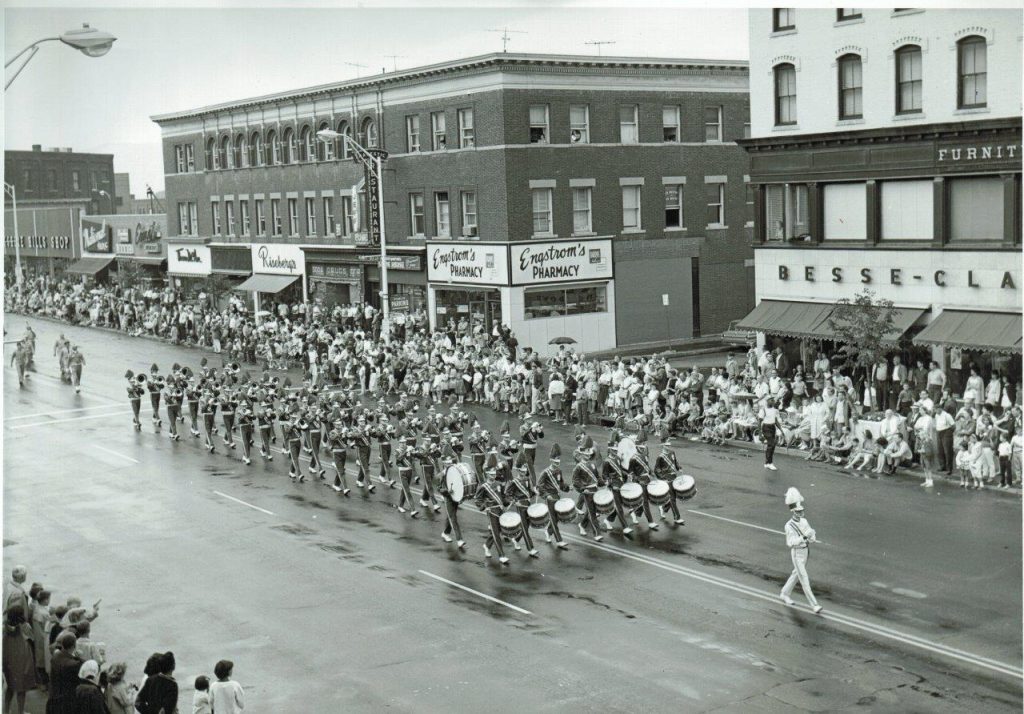
England Brothers
On February 27, 1988, England Brothers department store closed its doors for the last time. Founded in 1857 by Bavarian immigrant Moses England (1830-1898), it had been the heart of North Street for over a century, providing a plentiful sense of community and commerce. It moved to 89 North Street, the location remembered by today’s Pittsfield residents, in 1891. On June 14, 1949, England Brothers became home to the first escalator in the county and even boasted having the first delivery truck and one of the first elevators. From having a lending library on the first floor to famed “stag nights,” England brothers had something for everyone. Yet, as the years passed, department after department shut down, unable to withstand rising inflation and shifting shopping habits. The malls were coming, downtown was changing, and despite attempts to modernize, England Brothers faded away. Its closure wasn’t just an economic loss: it was the symbol of a changing city.
